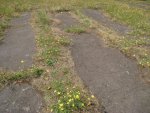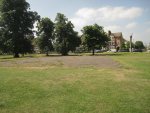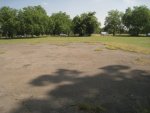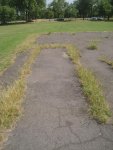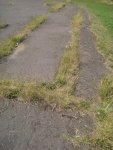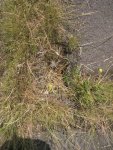UK, London, im Clapham Common:
etwa 30 x 30 Meter breit, aufbetoniert, ragt etwa 10 cm aus dem Boden, mit unklarer Funktionalitaet.
Lokale und unbestaetigete Quellen geben leider keine genauen Antworten, sprechen meist entweder von einer Flieger-Abwehrstellung aus dem 2. Weltkrieg, oder auch einem Bunker, dessen Eingang spaeter zubetoniert wurde, oder auch Beidem.
Auf einigen Bildern ist auch zu erkennen, als ob dort frueher mal ein Treppenabgang gewesen waere, den man spaeter zubetonierte....
etwa 30 x 30 Meter breit, aufbetoniert, ragt etwa 10 cm aus dem Boden, mit unklarer Funktionalitaet.
Lokale und unbestaetigete Quellen geben leider keine genauen Antworten, sprechen meist entweder von einer Flieger-Abwehrstellung aus dem 2. Weltkrieg, oder auch einem Bunker, dessen Eingang spaeter zubetoniert wurde, oder auch Beidem.
Auf einigen Bildern ist auch zu erkennen, als ob dort frueher mal ein Treppenabgang gewesen waere, den man spaeter zubetonierte....
Anhänge
-
211 KB Aufrufe: 21
-
153,9 KB Aufrufe: 21
-
121,1 KB Aufrufe: 20
-
170,2 KB Aufrufe: 20
-
199 KB Aufrufe: 19
-
271,9 KB Aufrufe: 18

